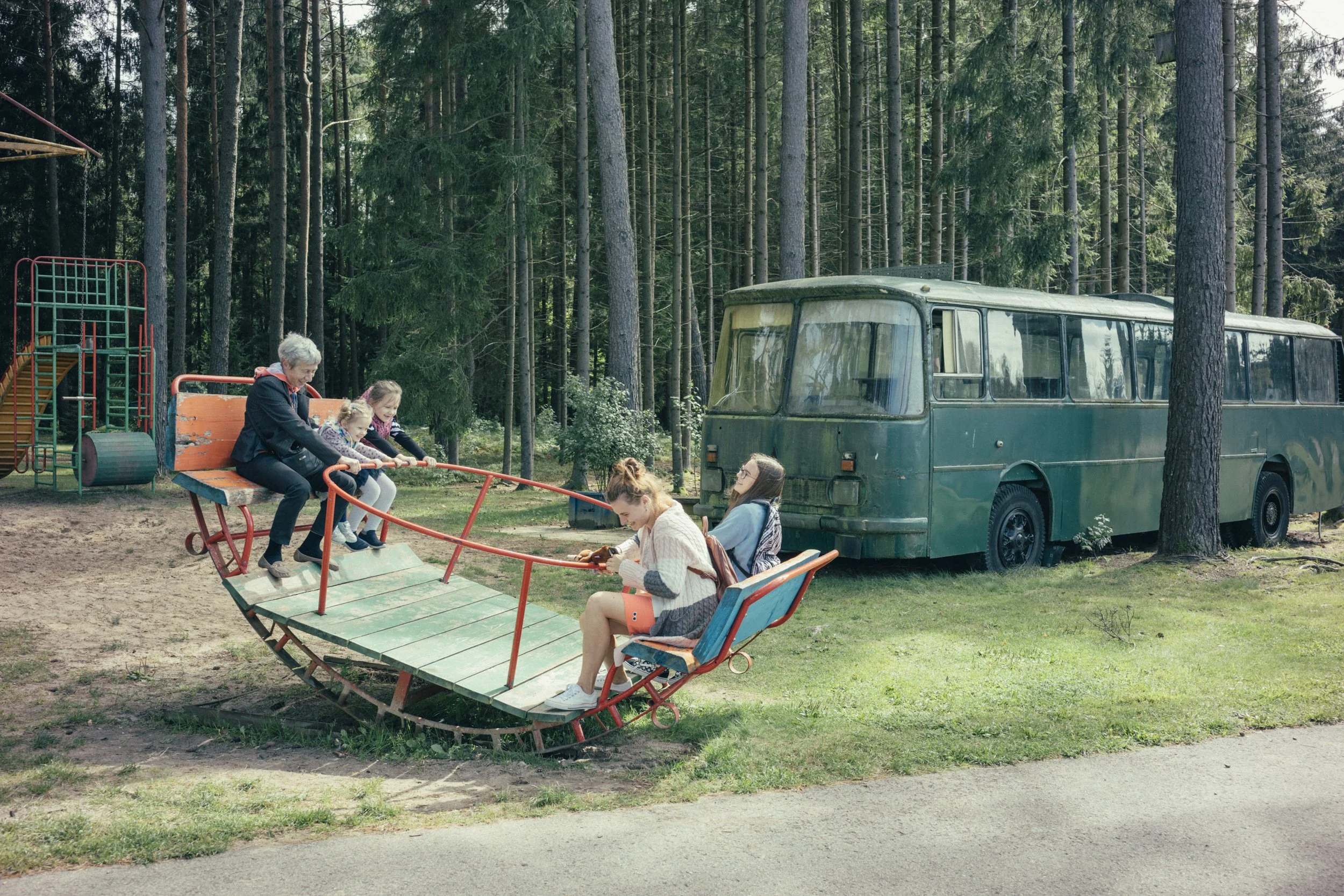Journey to the baltic Sovietland
2018
Collective project with Eugénie Baccot
Independent since 1991, the Baltic States, with a population of more than 6 million inhabitants, are trying to turn the page of a common history: that of the Soviet domination which began with the liberation by the USSR of their territories then under Nazi domination.
In 2021, the "red" influence is still present, as evidenced by the many historical sites, parks and relics that have become places of memory. Beyond the debunking of old ideologies, there remains a strange atmosphere with outdated emanations that does not manage to dissipate the increasingly strong adherence to European codes.
30 years after the human chain of solidarity (August 23, 1989) which gathered several million Lithuanians, Estonians and Latvians demanding their independence from the Soviet bloc, the Baltic countries are still trying to fully reoccupy their place in Europe despite the Russian hege- monic tendencies which are stronger than ever.
For the vast majority, the Soviet past represents a period of oppression, deportations and the methodical erasure of Baltic nationalism and culture.
These places of memory are still standing as reminders of the dangers of communist ideology for new generations.
However, for many Russian speakers living in enclaves throughout the former Soviet Union these monuments continue to reinforce a collective memory of strength and exception.

















































